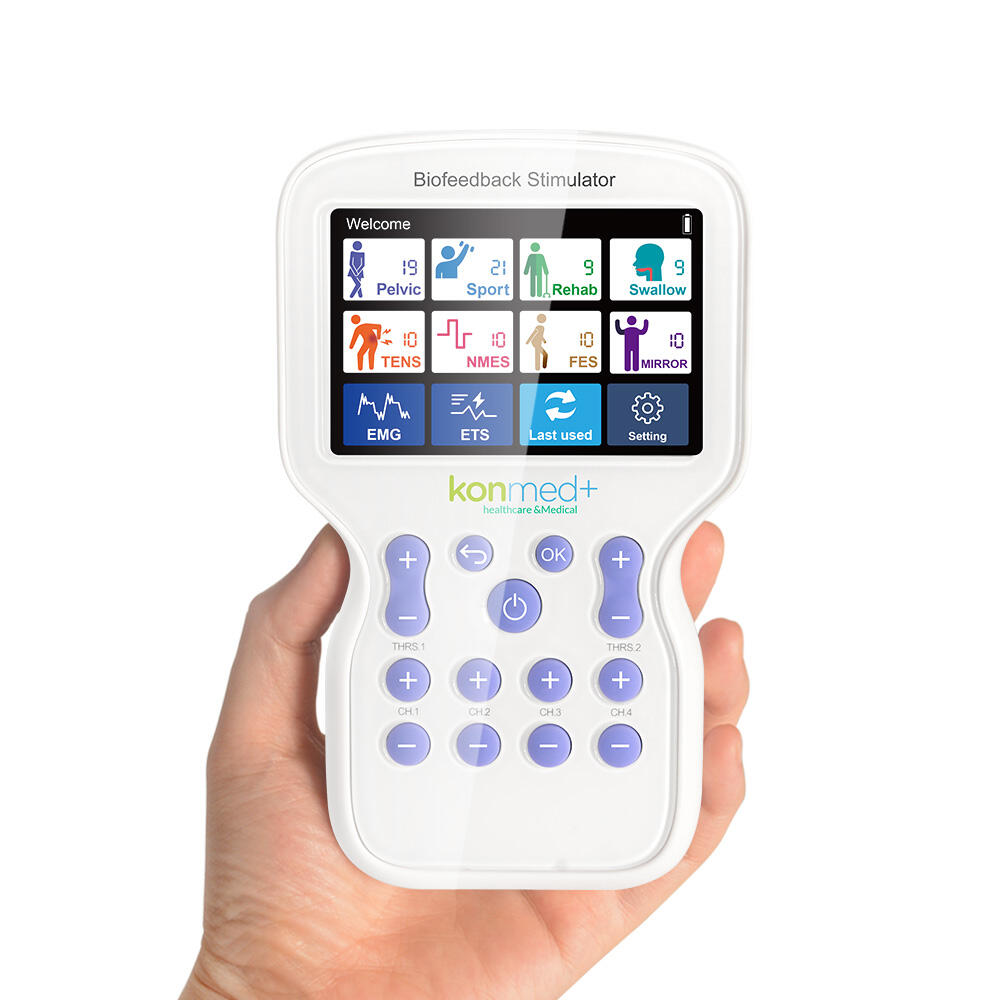biofeedback for pain control
Biofeedback for pain control represents a revolutionary approach to managing chronic and acute pain through self-regulation techniques. This non-invasive method employs advanced sensors and monitoring devices to provide real-time information about physiological processes such as muscle tension, heart rate, skin temperature, and brainwave activity. The technology translates these biological signals into visual or auditory feedback, allowing users to observe and actively modify their body's responses to pain. Through specialized equipment and software, patients can visualize their physiological data on screens, enabling them to understand and influence their body's pain response mechanisms. The system typically includes surface electrodes that detect muscle activity, thermal sensors for temperature monitoring, and sophisticated software that processes and displays this information in an easily interpretable format. Users learn to recognize patterns in their physiological responses and develop strategies to alter these patterns, effectively reducing pain intensity. This therapeutic approach has demonstrated remarkable success in treating various conditions, including migraine headaches, back pain, fibromyalgia, and temporomandibular joint disorders. The technology's adaptability allows for customization to individual needs, making it suitable for both clinical settings and home use under professional guidance.
